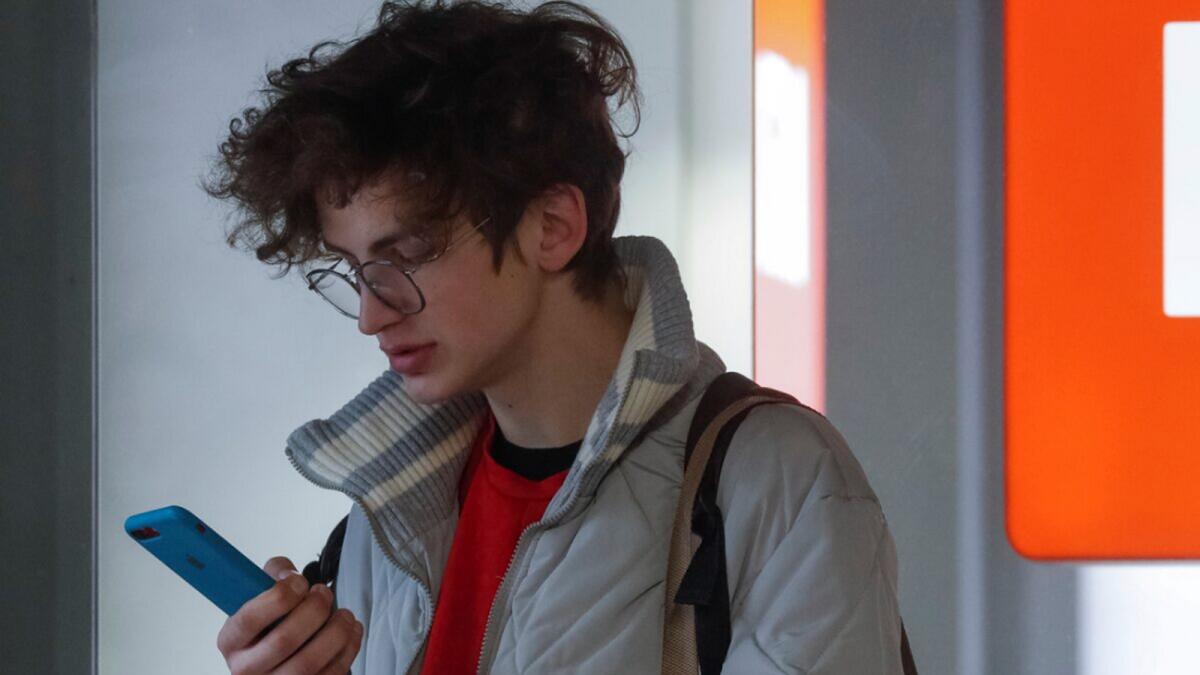In recent years, there has been a significant rise in the number of teenagers requiring glasses due to excessive use of digital devices. Doctors have noted that the overuse of digital devices and reduced exposure to natural light are key factors contributing to the development of myopia, or nearsightedness, in teenagers. Dr. Julia Sempere Matarredona, a specialist ophthalmologist at Barraquer Eye Hospital UAE, highlighted that the number of children between 13 and 16 years old needing glasses has doubled in the past decade. While myopia has a hereditary component, environmental factors such as prolonged screen time exacerbate its development.
These experts emphasize the importance of limiting screen time for children and young people. The World Health Organisation (WHO) recommends that individuals in this age group should not spend more than two hours a day with screens, apart from school hours. Prolonged exposure to screens forces the eyes to focus on close objects for extended periods, leading to issues such as dry eyes, poor posture, disrupted sleep patterns, and increased visual discomfort. Dr. Matarredona also cautioned against the adverse effects of artificial blue light emitted from screens, which can contribute to various health problems.
Dr. Rajeev Kumar, a specialist ophthalmologist at Zulekha Hospital in Sharjah, elaborated on the dangers of prolonged screen time on eye health. He outlined that prolonged screen time can result in digital eye strain, an increased risk of myopia, and disruptions in sleep patterns. Common symptoms of excessive screen use include digital eye strain, which causes discomfort and vision issues, and computer vision syndrome, characterized by eye discomfort and visual disturbances. Dr. Kumar noted that various vision problems like myopia, accommodation issues, and computer vision syndrome are prevalent among teenagers who spend excessive time on screens.
To address these concerns, Dr. Kumar recommended following the 20-20-20 rule, where individuals take a 20-second break every 20 minutes to look at something 20 feet away. Other practical suggestions include adjusting screen settings, using proper lighting, blinking frequently, and exercising the eyes regularly to reduce strain. Additionally, using glasses with anti-reflective coatings can help minimize glare from screens and overhead lighting. Dr. Matarredona advised avoiding screen exposure at least one hour before bedtime and spending at least an hour outdoors daily to reduce the risk of developing myopia. She also stressed the importance of maintaining a healthy diet and ensuring adequate sleep.
Both experts agreed on the effectiveness of corrective measures such as glasses in addressing vision problems related to screen use. While treatments and corrective measures like glasses can be effective, their success may vary depending on the individual case. Dr. Matarredona emphasized the necessity of corrective eyewear, stating that glasses are generally preferred for children due to their simplicity and ease of use compared to contact lenses. Regular eye examinations were also highlighted as crucial for managing and preventing vision problems. Both experts emphasized the importance of comprehensive eye exams, including vision tests, refraction, binocular vision testing, and slit lamp examinations.
In conclusion, while screen time remains an integral part of daily life, it is crucial for parents and teenagers to prioritize eye health. By implementing preventive measures, such as limiting screen time, following the 20-20-20 rule, and ensuring regular eye exams, the detrimental effects of excessive screen use can be mitigated, safeguarding long-term vision health. By staying informed and taking proactive steps to protect eye health, individuals can maintain good vision and overall well-being in today’s digital age.









